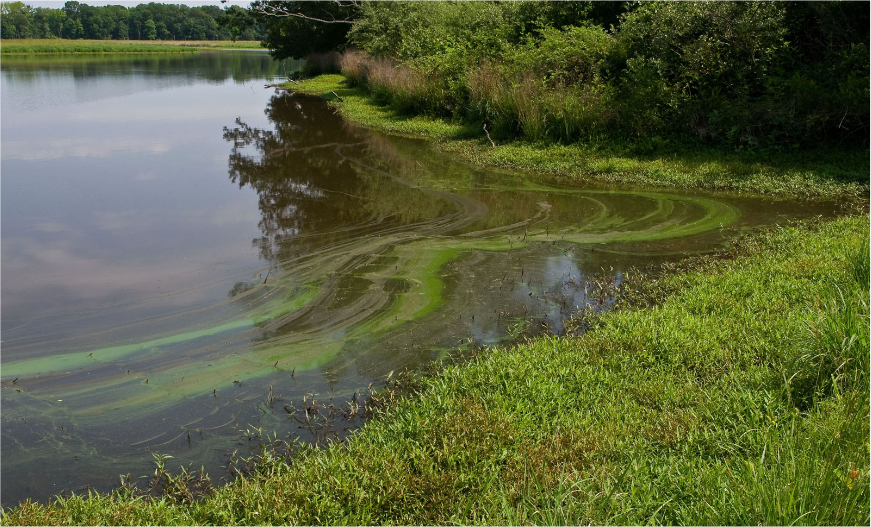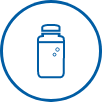Water samples are collected just below the stream surface to measure water chemistry and determine if toxins are present. Bacteria samples are also collected near the stream bank, where people are likely to be exposed while swimming or fishing. All samples are sent to laboratories for analysis.
How are these data used?
Water samples are used to collect data for four chemical and two human health indicators.

Microcystins are a group of naturally occurring toxins produced by cyanobacteria (sometimes called blue-green algae) common in surface waters. Cyanobacteria in nutrient-rich, slow-moving water can form blooms. Not all blooms are toxic, but at elevated levels microcystins can harm humans, pets and wildlife. NRSA analyzes the risks from recreational exposure.
Where are microcystin samples collected?
samples at the midpoint
of the sample reach.

To learn more, see the
NRSA Field Operations Manual.




